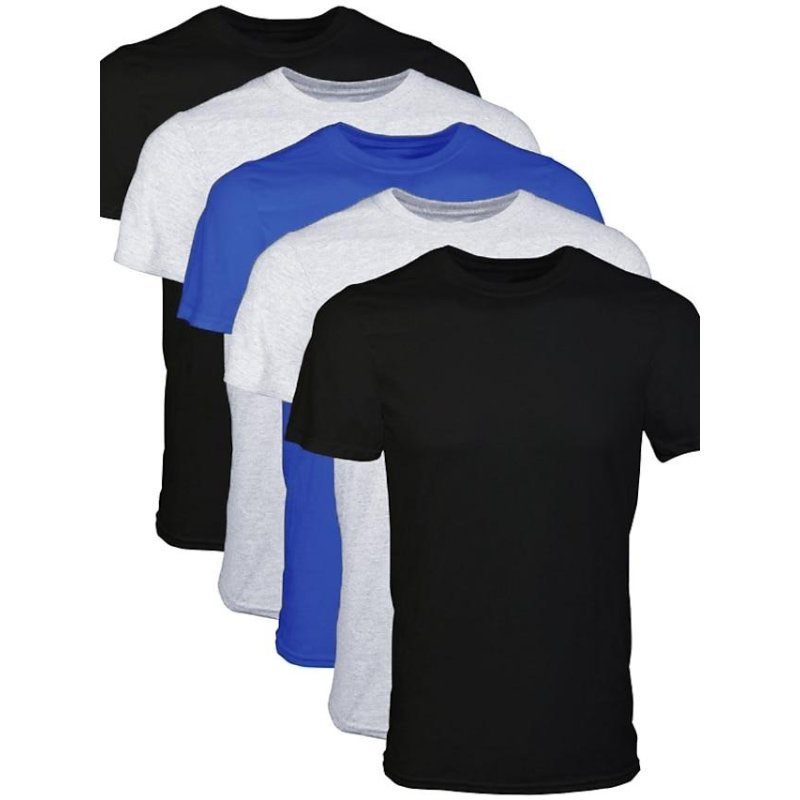The Development and Trends of Clothing Industry in the 21st Century
Tag: clothing, fashion, industry, trends, 21st century
With the rapid development of technology and ever-changing consumer preferences, the clothing industry has undergone significant changes in the 21st century. From traditional brick-and-mortar stores to e-commerce platforms and fast fashion brands, let’s take a closer look at how this industry has evolved over time.
The clothing industry is one of the oldest and most essential industries in human history. As society progresses, so does our demand for new styles and designs. In recent years, convenience has become a crucial factor driving consumer behavior. E-commerce platforms like Amazon and Alibaba have revolutionized the way we shop for clothes by offering a wide range of options with just a few clicks.
Moreover, with advancements in technology such as augmented reality (AR) and virtual reality (VR), customers can now try on clothes virtually before making a purchase decision. This not only enhances their shopping experience but also reduces the chances of return orders due to size or fit issues.
Another significant trend that emerged in the 21st century is fast fashion. With brands like Zara and H&M leading this movement, consumers can now get affordable versions of high-end designer pieces within weeks rather than months after they first hit runways.
However, along with these developments come concerns about sustainability and ethical practices in the apparel manufacturing process. Consumers are becoming more conscious about where their clothes come from and how they are made. Brands that prioritize sustainable sourcing methods or use recycled materials gain an advantage over competitors who do not address these issues.
In addition to technological advancements and sustainability concerns shaping the future of clothing industry trends, there has been a shift towards inclusivity as well. The rise of body positivity movements led to increased representation for all body types in advertising campaigns and collections from various brands.
Looking ahead into the rest of this decade, it is safe to say that the clothing industry will continue to evolve and adapt to changing consumer demands. With the rise of social media and influencer marketing, brands are now engaging with their audience in innovative ways, providing personalized shopping experiences.
To sum up, the 21st century has seen significant developments in the clothing industry. From e-commerce platforms and fast fashion to sustainability practices and inclusivity initiatives, it is clear that this industry is continuously evolving. As consumers’ preferences continue to change rapidly, we can expect further advancements in technology and a greater focus on ethical business practices in the future.

